NOTE: This article was originally posted on the PeakRankings website on September 28, 2022.
Vail Resorts is now the largest North American mountain resort company in history.
But how do the economics of this behemoth conglomerate work?

Well Vail Resorts just released their 2022 earnings, and in this piece, well break them down.
FY 22 Revenue
Lets start with the basics: does Vail Resorts actually make any money?
And the answer is: yes, lots.
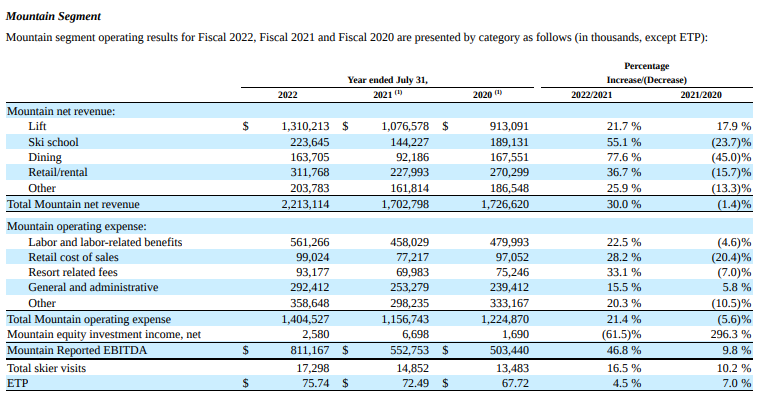
But wait a minutearent Q4 and Q1 the colder months of the year?
Plain and simple, its the ski mountains themselves.
It goes without saying that COVID was an exceptional event here.
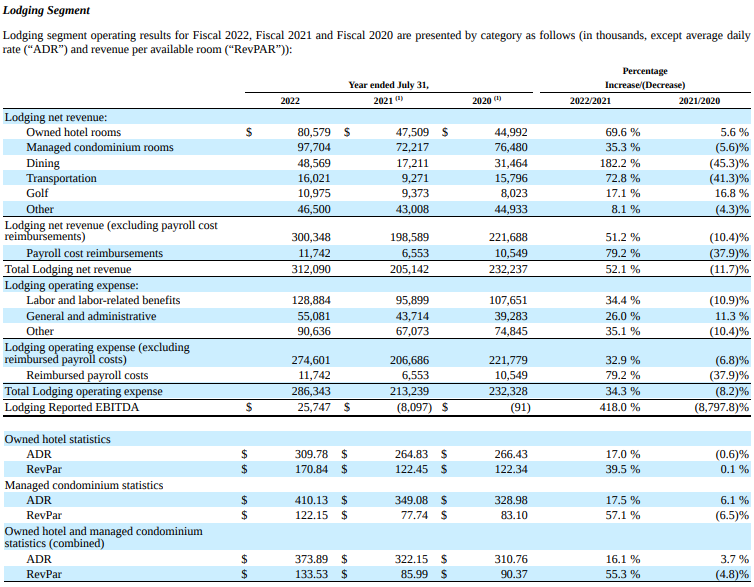
FY 22 Costs
So what drives Vail Resorts biggest costs?
Well, the biggest expense its its employees.
Salaries plus benefits for these workers totaled $690 million across mountain and lodging segments for Fiscal 2022.
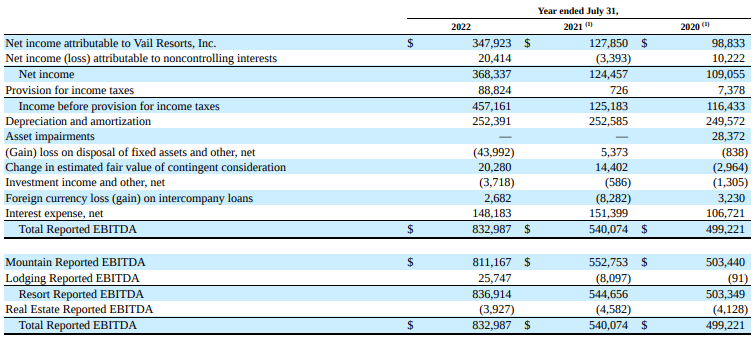
Fiscal years 2021 and 2020 were still profitable, but they saw significant revenue dips due to COVID.
Vail Resorts also saw significantbut not exactly fullrecoveries in other revenue areas.
One place where Vail saw a full rebound from the peak of the pandemic was in lodging.

All in all, total net revenue increased by 52% vs. the previous fiscal year.
Expense Trends
Vail also significantly increased its operating expenses for Fiscal 2022.
One area where Vail hasnt been net profitable for years is in real estate.
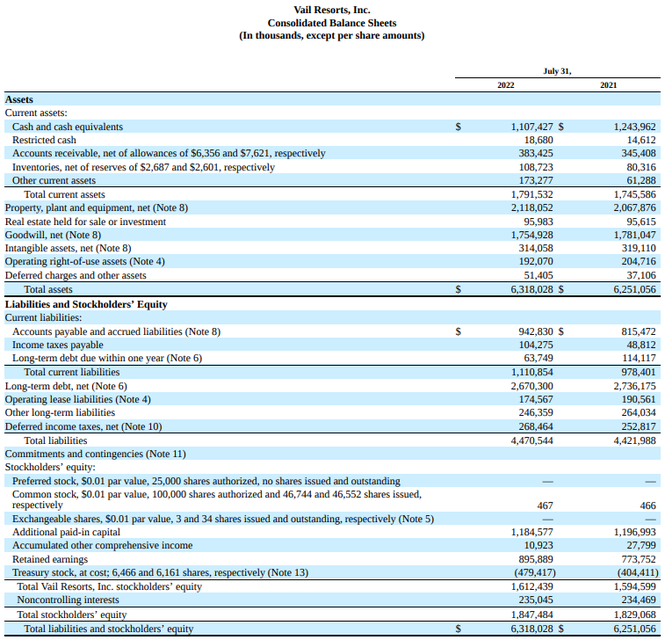
But if their revenue were to suddenly dry up, would Vail immediately run out of money?
Given these circumstances, Vail would have to lose a substantial amount in revenueor incur astronomical expensesto go under.
Turns out, quite a bit.
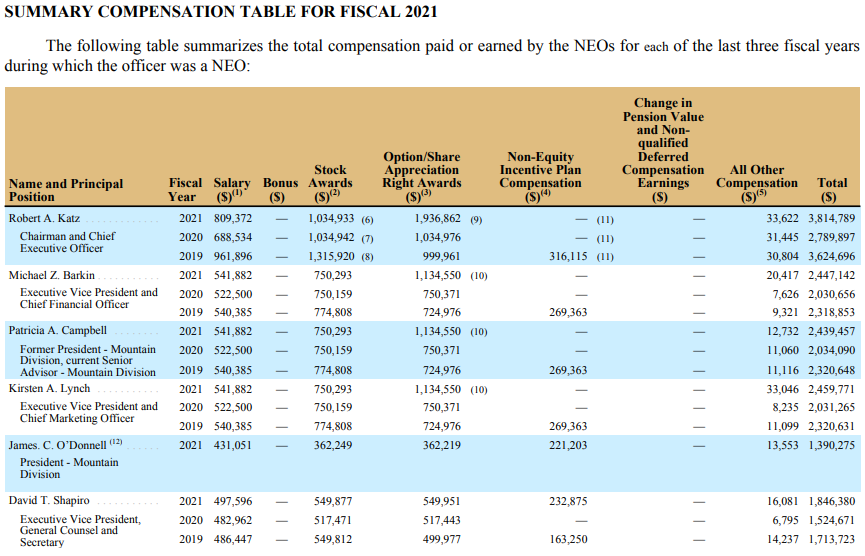
In his final year as CEO, Rob Katz made over $3 million in total compensation.
Even in COVID-riddled 2020, he made just under $2.8 million in total comp.
But what about if any of these execs leave the company?

Turns out, they have some pretty cushy exit packages.
The other C-suite members are also entitled to severance packages of over $500,000.
For an extreme example, Amazons ratio is over 6,000:1.
C2022 Peak Rankings LLC, All Rights Reserved.